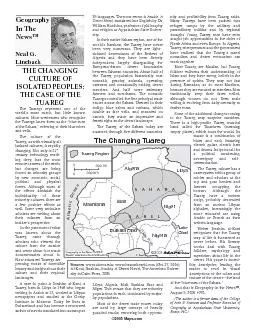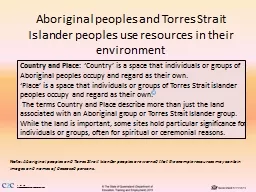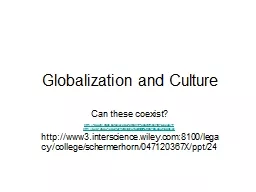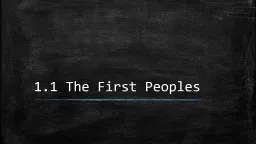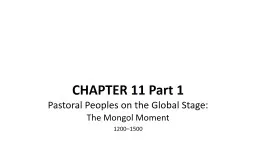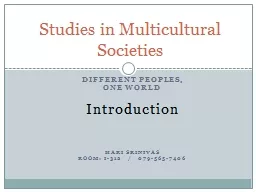PDF-CULTURE OF ISOLATED PEOPLES: The Tuaregs represent one of the cultures
Author : luanne-stotts | Published Date : 2015-11-21
wwwuiowaedu wwwbostonhearldcom Oct 27 2004 AlKoni Ibrahim Anubis A Desert Novel The American University in Cairo Press 2005 Burkina Faso ur kina F aso LibyaAlgeriaMauritaniaNigeria
Presentation Embed Code
Download Presentation
Download Presentation The PPT/PDF document "CULTURE OF ISOLATED PEOPLES: The Tuaregs..." is the property of its rightful owner. Permission is granted to download and print the materials on this website for personal, non-commercial use only, and to display it on your personal computer provided you do not modify the materials and that you retain all copyright notices contained in the materials. By downloading content from our website, you accept the terms of this agreement.
CULTURE OF ISOLATED PEOPLES: The Tuaregs represent one of the cultures: Transcript
Download Rules Of Document
"CULTURE OF ISOLATED PEOPLES: The Tuaregs represent one of the cultures"The content belongs to its owner. You may download and print it for personal use, without modification, and keep all copyright notices. By downloading, you agree to these terms.
Related Documents

